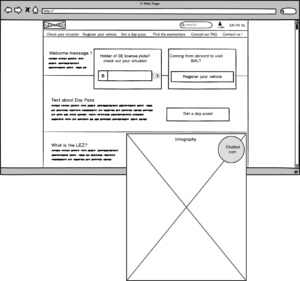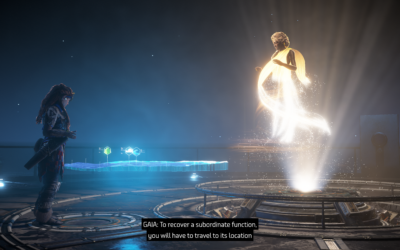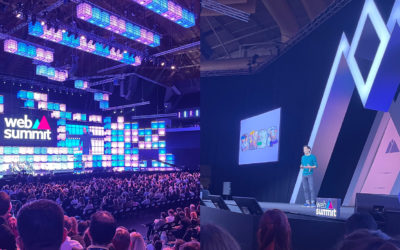As a service designer, I can be assigned to 2 types of mission in the context of our Digital Studio:
- “Imagine” work: when we need to transform an idea, or value proposition, into a prototype
- “Deliver” work: when we steer a squad aimed at transforming a prototype into a real-life solution

So there is no such thing as a typical day, but I believe that my time as service designer in an “imagine” phase is generally composed of the six following activities:
- perform research to get familiar with the field of the study/mission (we aren’t expert of specific industry sectors but expert in the Design Thinking process)
- prepare, facilitate and report on interviews & observation sessions (to get user needs, frustrations, expectations experience so we can model it)
- prepare, facilitate and report on workshops (we work in a co-creation mode with our clients, meaning that we facilitate quite some workshops in regards to prioritization, ideation or feedback)
- sketch (new concepts, in order to make them fit with the situation) – it’s personally my favorite part as you can see the magic of a good idea taking shape)
- model experience (in order to create the famous personas and user journeys)
- participate to (alignment) meetings: we have an important role to convey the key messages and directions to the other specialists that surround us: UX designer for the wireframes, visual designers for the mockups, architects or developers for the technological piece, and of course Product Owners and sponsors)
- conduct test sessions with real users that represent our target audience, to test our concepts and prototypes

Of course, when I work on a “deliver” phase, my typical activities are different:
- participate to the daily stand-up meeting (to explain what we did the previous day and what we’re going to do in the coming hours)
- write User Stories (to translate the concepts capture on screens in explanations for the developers)
- participate to (alignement) meetings (again, to ensure that all squad members are aligned)
- conduct test sessions with real users that represent our target audience, to ensure that the developed functionalities meet their needs and expectations
If you’re a service designer as well, do you have other type of activities? If you aren’t a service designer, can you envision what my days are made of? Let us now in the comments!
Ever wondered what “Imagine” and “Deliver” phases mean in a project? Fear not, we explain just that in our article on our Digital Delivery Model which enables us to deliver digital transformation, fast.




